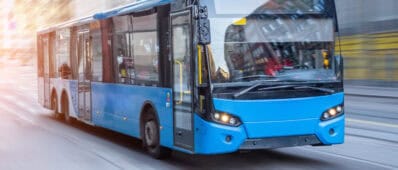Project Summary
Transit ridership in California is falling despite investment and policy intervention. A recent study by the research team found that increases in access to cars has driven decreases in transit ridership in Southern California. This proposal provides seed funding toward addressing two follow on research questions:
1. Does the trend of increasing vehicle availability also apply in the Bay Area?
2. What are the causes behind the increase in vehicle availability in the Southern California Assocation of Governments (SCAG) region?

